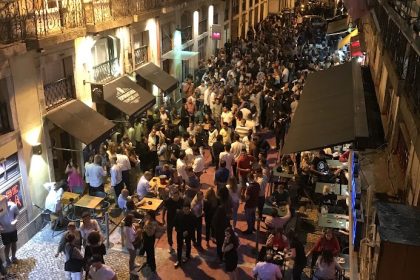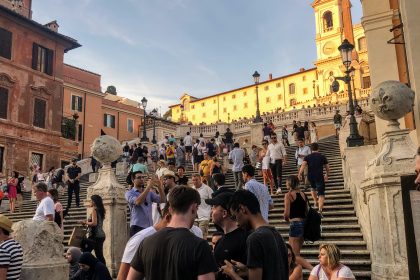Spain attracts millions of tourists each year, with Barcelona and Madrid being the stars of the show. However, after having lived in this European nation, I can confirm it has a lot more to offer. I compiled this list of 8 Spanish cities you must visit to ensure you make the most of your trip.
Please note that, in addition to some of the lesser-known Spanish cities, I opted to include Barcelona and Madrid. They are some of the most culturally-rich cities I have ever visited, and I do believe they belong on this list and your itinerary.
This free page might contain affiliate links. I’ll receive a small commission when you purchase from my links, at absolutely no cost to you. I appreciate your continued support!
Know Before You Go: Spain
- Castilian Spanish is the official language of Spain; however, regional languages, such as Basque language (Euskera), Galician, and Catalan, are spoken. Familiarize yourself with the language spoken in the area you are traveling to before departure.
- Spain is part of the European Union and has thus adopted the Euro as its currency.
- Most shops and businesses close between the hours of 2 PM and 5 PM for “siesta.”
- Meals are eaten later than you may be used to, which may be an adjustment. Lunch normally starts at around 2 PM and dinner at around 10 or 11 PM.
- While tipping in restaurants is appreciated, it is not mandatory.
- Although Sangria is associated with Spanish culture, it is primarily drunk by tourists. If you want to fit in with the locals, order a Tinto de Verano (wine and soda/lemonade).
Spanish Cities You Need to See
Barcelona
Not only is Barcelona my favorite Spanish city, but it may be my favorite city in the world. Barcelona is located on the coast of northeastern Spain, and it is the capital of the autonomous region of Catalonia. This cosmopolitan city is most famous for its art and architecture. Antoni Gaudí was the brains behind many of the wonders of Barcelona, including La Sagrada Familia, Park Güell, and the three houses of Gaudí (Casa Batlló, Casa Mila, and Casa Vicens). One of the most famous artists in history, Pablo Picasso, studied in Barcelona; to date, 4,251 of his works are displayed there at the Picasso Museum. With this rich culture and history, it is no surprise that Barcelona is the most visited city in Spain.



Madrid
Madrid, the vibrant capital of Spain, is a must-see city. Being the largest city in Spain and the second-largest city in the European Union, it unsurprisingly offers an endless number of shops, world-class restaurants, and unsurpassable nightlife experiences. Some of Madrid’s most famous attractions include El Retiro Park, the Royal Palace of Madrid, Museo Nacional del Prado, Museo Nacional Centro de Arte Reina Sofía, Las Ventas (Plaza de Toros de Las Ventas), the Temple of Debod, and the Plaza Mayor. The oldest restaurant in the world, Restaurante Botín, is also located in Madrid.



Toledo
When I say “Toledo,” I am not talking about the fourth-most populous city in the state of Ohio; I am talking about an ancient city set on a hill in central Spain. From the stone castles to the surrounding medieval walls, it is a real-life Game of Thrones. Toledo is known as the “City of Three Cultures,” as it houses many Christian, Muslim, and Jewish monuments. To add to its charm, Toledo is famous for producing traditional crafts; damascene metalwork and medieval-style swords are among the most popular.

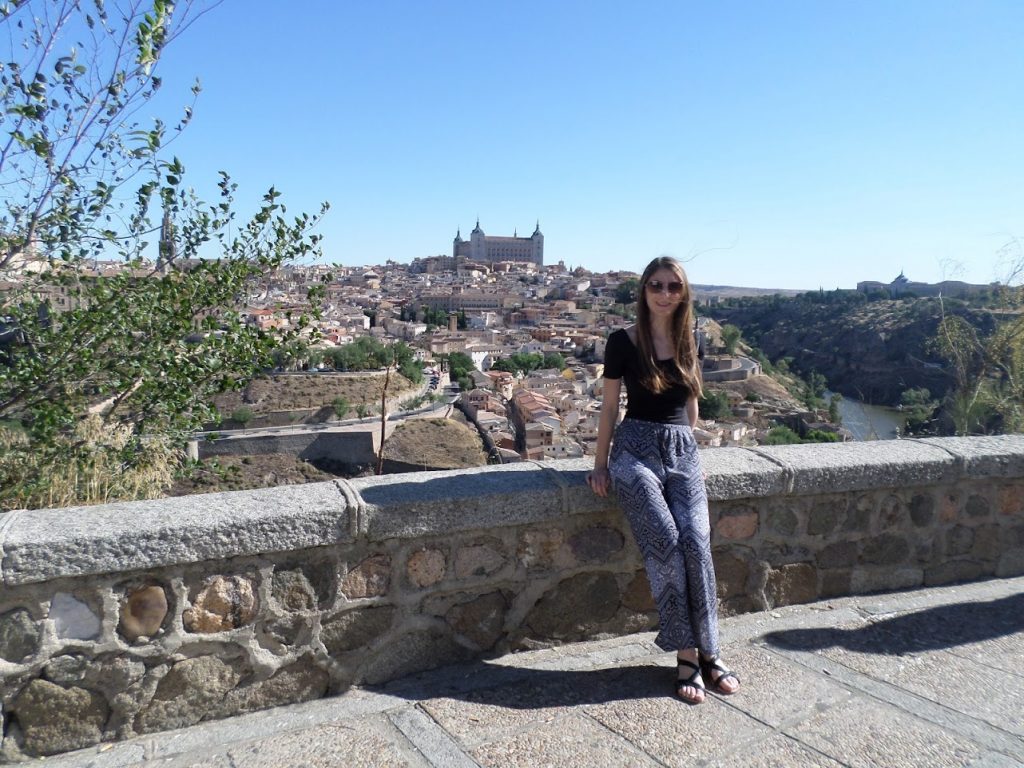

Segovia
Segovia, which is located northwest of Madrid, is one of the most fairytale-like cities in the world. The Aqueduct of Segovia is the most famous structure in the city; in fact, it is present on their coat of arms. Additionally, one of the most famous medieval castles in the world, Alcázar de Segovia, is located in Segovia. While wandering around the city, I came across a traditional Segovian street dance performance and some beautiful, quaint streets with unique architecture. I also tried some amazing food. Be sure you find a restaurant that serves Cochinillo de Segovia (Segovia Suckling Pig); this should not be difficult, as it is the signature dish of the area.
You can easily visit Segovia from Madrid, as it is only an hour away by car. To learn more about how to plan this day trip, as well as all of the awesome activities Segovia has to offer, click here.
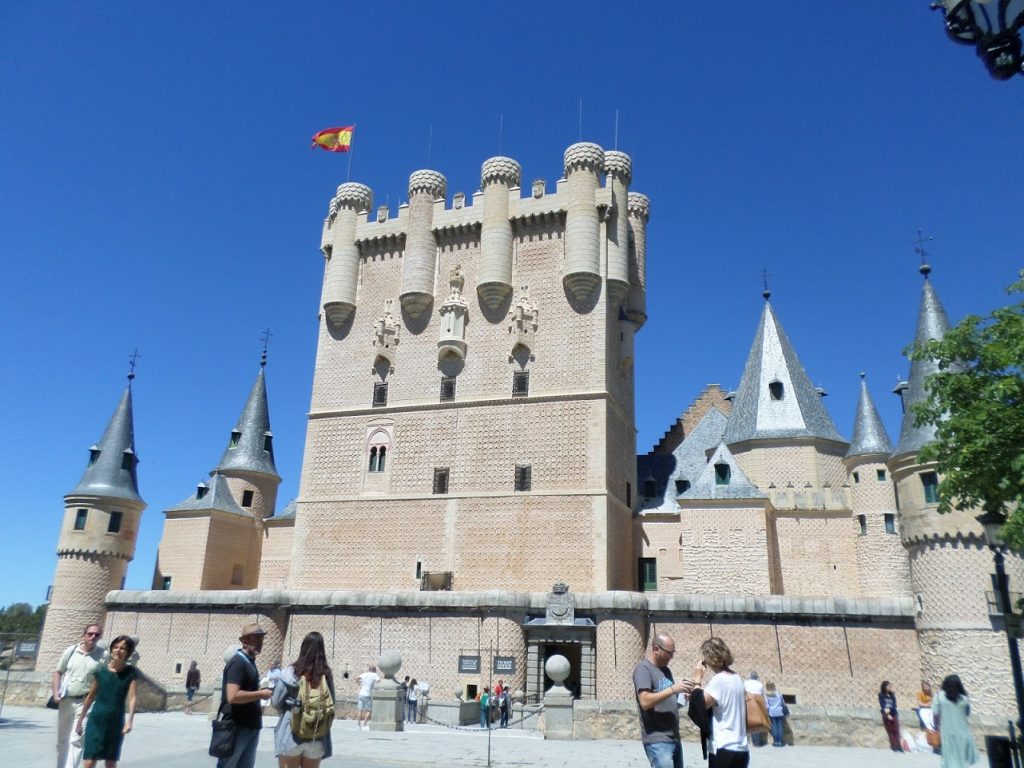


León
I may be biased because I lived in León, but it is one of my favorite Spanish cities. Situated in the northwest along the Bernesga River, the city most famously houses the Gothic 13th-century Catedral de Léon. The Plaza Mayor, which is located in the heart of the city, is filled with incredible bars and restaurants that light up the night. In my opinion, León is best described as a miniature Madrid; it offers a similar charm with virtually no tourist traffic.

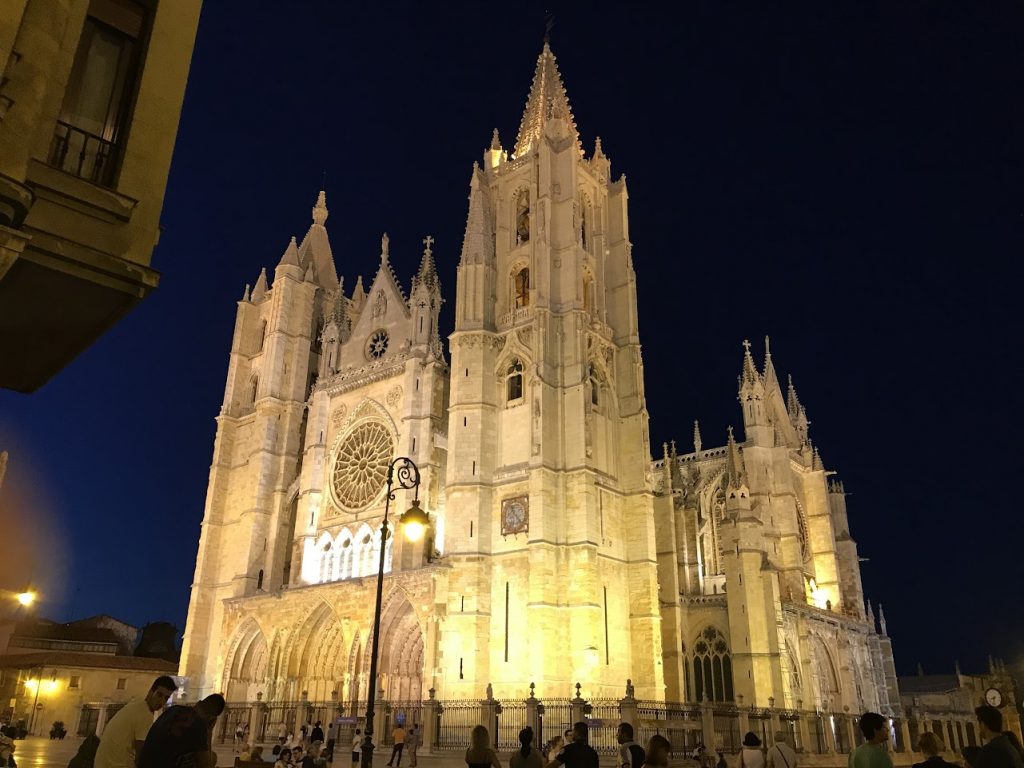

Gijón
The coastal city of Gijón is located in a region called Asturias, and it is famous for its maritime and medieval heritage. As one of the most underrated northern Spanish cities, it boasts a beautiful coastline, urban beaches, and gorgeous historic architecture. Gijón is a family-friendly city, with one of its most popular attractions being an aquarium.
In Gijón, Asturian culture comes alive. Asturias is famous for its cider, which is traditionally poured by holding the bottle high above your head while holding the glass near your knees. The key is to keep the bottle as far away from the glass as possible to allow air bubbles into the drink, which accentuates the flavor; however, I wouldn’t know because I tried this method and failed! Asturian cider pouring is just one of the many unique cultural experiences I had in Gijón.



Bilbao (and Beyond)
Bilbao, which is located in the Basque Country of northern Spain, gained popularity upon its opening of the Guggenheim. It is no surprise that this world-famous art museum popped up in Bilbao, as it is one of the artsiest, most contemporary (yet still vintage) cities I have ever visited. It is also located near the famous Vizcaya Bridge, which is a hanging transporter bridge that links the towns of Portugalete and Las Arenas across the Nervion River; it has been declared a UNESCO World Heritage Site.
San Juan de Gaztelugatxe is not located in Bilbao (Bermeo – 22 miles away), but I could not leave it off this list. During this day trip, you will have the opportunity to climb 241 steps across a man-made stone bridge from the mainland to the top of the island. And the end of your climb, you will come across a chapel; local legend states that if you ring the chapel’s bell three times and make a wish, it’ll come true. Game of Thrones fans: does San Juan de Gaztelugatxe look familiar? Your eyes do not deceive you, as it is the filming location for the fortress of “Dragonstone.”



Donostia-San Sebastián
Located on the Bay of Biscay just 12 miles from the French border, Donostia-San Sebastián (commonly called San Sebastián) is one of the most popular Spanish cities amongst tourists (and for a good reason). Although most people visit to enjoy its beaches, such as Playa de la Concha and Playa de Ondarreta, its food and drink are also something to write home about. Four years after my last visit I still have not had a better mojito than the one I had in San Sebastián.
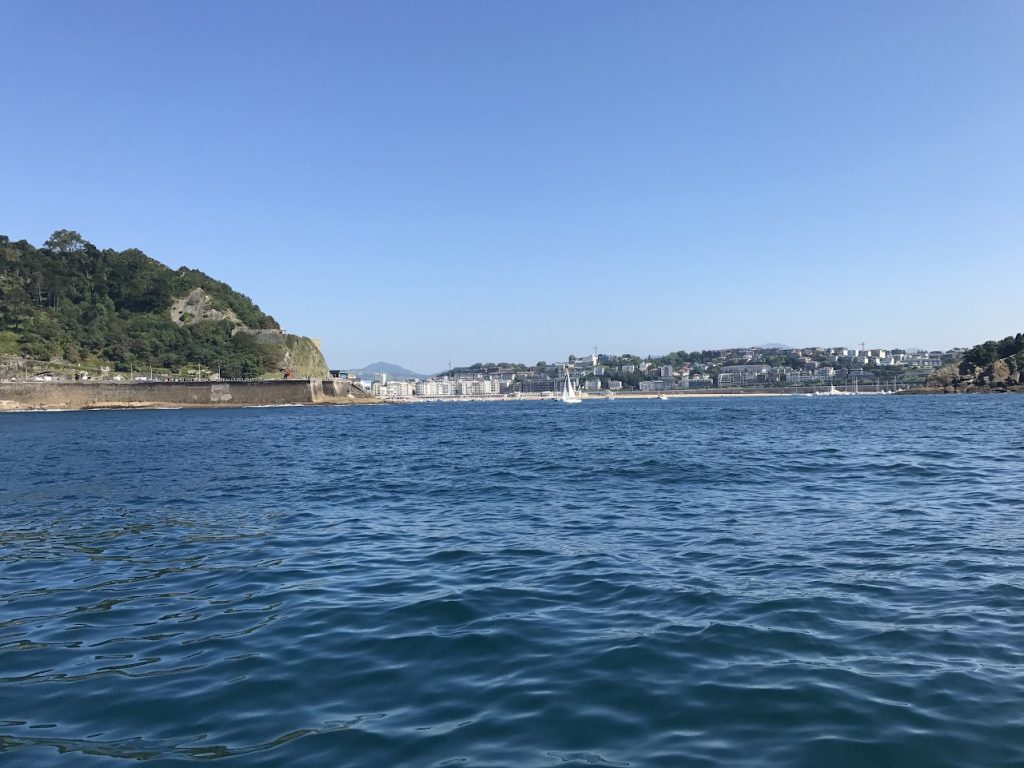


If you want to learn more about my study abroad experience in Spain and the activities discussed above, check out Episode 7 of the Runways and Byways travel podcast! It is currently available on Spotify, YouTube, and Anchor. If you’d like to find out more about my podcast in general, click here.
Like this post? Pin it for later!
Of course, there are so many other Spanish cities that are worth a visit. Valencia, Seville, and Granada are also popular amongst tourists. What Spanish cities do you plan on traveling to? Contact me or let me know in the comments below.


